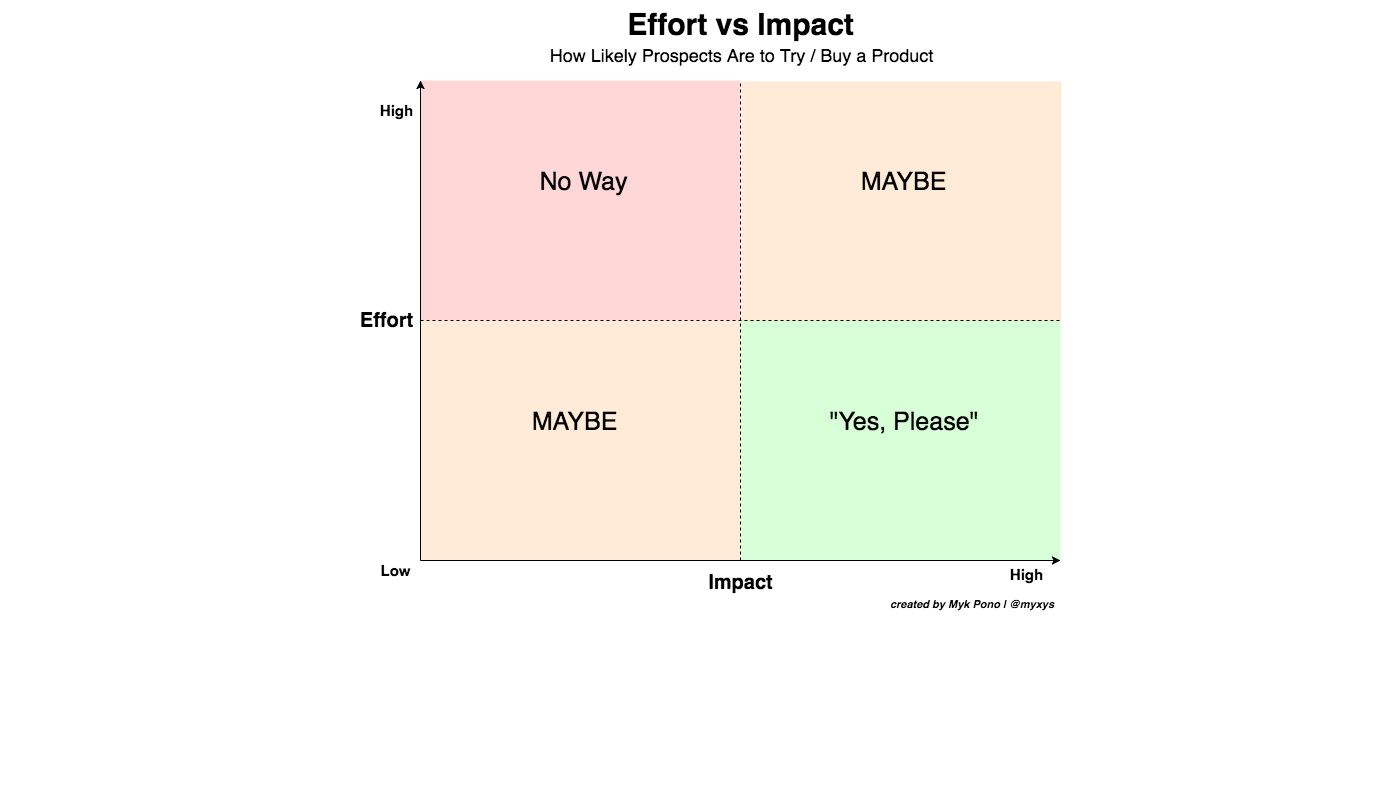
Freemium and free trial are popular customer acquisition strategies with companies that use a product-led go-to-market strategy, meaning those that leverage their product as a leading go-to-market channel.

This article covers the key aspects of designing and implementing an effective customer acquisition strategy. It zeros in on a few important decisions when it comes to the customer acquisition process:
This article will not provide quick solutions or silver bullets. Furthermore, it does not advocate for one approach over another. However, the goal of this article is to guide industry leaders and practitioners through a detailed process of evaluating options when designing a customer acquisition strategy. Specifically, its aim is to help Software-as-a-Service (SaaS) businesses determine whether a freemium or free trial model is right for their organizations.
While I and the co-founders of Aptrinsic were writing our book — Mastering Product Experience in SaaS: How To Deliver Personalized Product Experiences with Product-Led Go-to-Market Strategy — we spent countless hours researching customer acquisition strategies and pricing models. As part of that, we interviewed SaaS industry leaders. What we found is that just about every SaaS company goes through a heated debate about whether or not to offer a free trial or freemium. We even went through that at Aptrinsic, when getting ready to launch our Product Experience Platform.
PART 1: What Is a Customer Acquisition Strategy?PART 2: Why Is the Customer Acquisition Strategy Important?PART 3: How To Design a Customer Acquisition Strategy3.1 Four Psychological Aspects of a Customer Acquisition Strategy3.2 What Are Freemiums and Free Trials?3.3 Considerations for Designing an Effective CAS3.4 Why Do Companies Fail With Freemiums?3.5 The Hybrid ApproachSummary
Feel free to skip to the section of this article that interests you but before you do, let me tell you a real story. All of us can relate to this experience…
In November 2017, we, at Aptrinsic, hosted our first industry event: Mastering Product Adoption and Growth. It seemed to go well but we included a survey in our follow-up email to understand what could be improved in our next event. We needed to find an easy-to-use tool that would allow me to quickly create a simple survey.
SurveyMonkey was the first company to pop into my head. I visited their website and quickly created an account. A few minutes later, I was on my way to designing an eight-question survey. SurveyMonkey allows people to create simple surveys for free but you need to pay to use their more advanced functionality. It took me about 30 minutes to design a free survey and I decided to pay to unlock advanced features that would allow me to create a simplified survey with matrix / rating scale questions. Since, we were planning to conduct a few events and major market research in the next year, we used a credit card to pay $408 for an annual subscription.
I had zero interaction with sales, customer support/success, or marketing. I had a need, and I tried and bought the product once I was confident that it could solve my need on a consistent basis. This is a great example of a simple, frictionless product-led customer acquisition strategy in action.
Of course, SurveyMonkey benefits from being the leader in its category. Their name is synonymous with online surveys (read How Industry Leaders Create Strong Brands). It takes years to become a category leader but when it happens, the brand realizes outsized rewards. I didn’t type “online surveys” into Google search. Even though I had never used SurveyMonkey, I instantly went directly to their website — that’s brand recall in action. Aside from an incredibly strong brand, something else enables SurveyMonkey to score a customer with zero help from sales reps.
Customer expectations are rapidly changing. Consumer companies are often ahead of the curve when it comes to using new technologies to reimagine customer experiences. In our daily lives, we are exposed to numerous, stellar customer experiences that set the standard for us, even in our professional lives. In both the B2C and B2B worlds, companies are selling to individuals. You can call it Me2B, B2Me or B2I (read interview by Bill Price on Openview Labs). Whatever you call it, it has redefined how companies need to engage and sell.
Simply put, SaaS companies must transition and change their customer acquisition strategy to model those in the consumer industry. Business buyers no longer accept long, sales-heavy buying processes.
Just look at the most successful companies in the last generation of SaaS products: Slack, InVision, Asana, Dropbox, Zoom, to name a few. All of them follow a new customer acquisition strategy that puts prospects at the center. They optimize the buying process to fit buyers’ needs. Their customer acquisition strategy enables prospects to try their products before they buy.
The best companies in the new generation of SaaS are focusing on product growth strategies and tactics that bring product growth teams closer to the customer acquisition process. In other words, product leaders are increasingly more involved in the customer acquisition process (read Why Product Teams Must Join the Customer Acquisition Process).